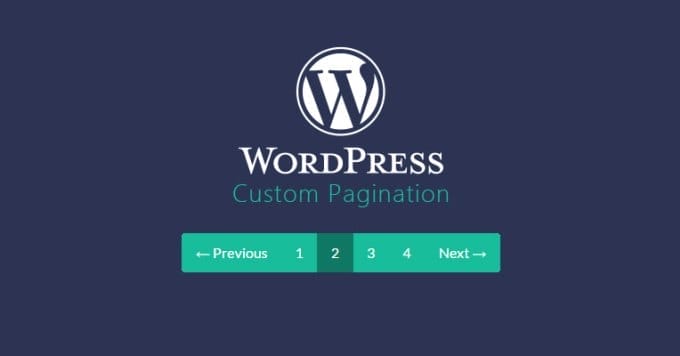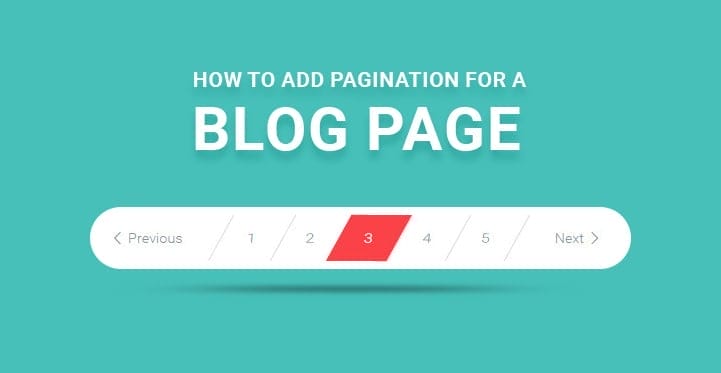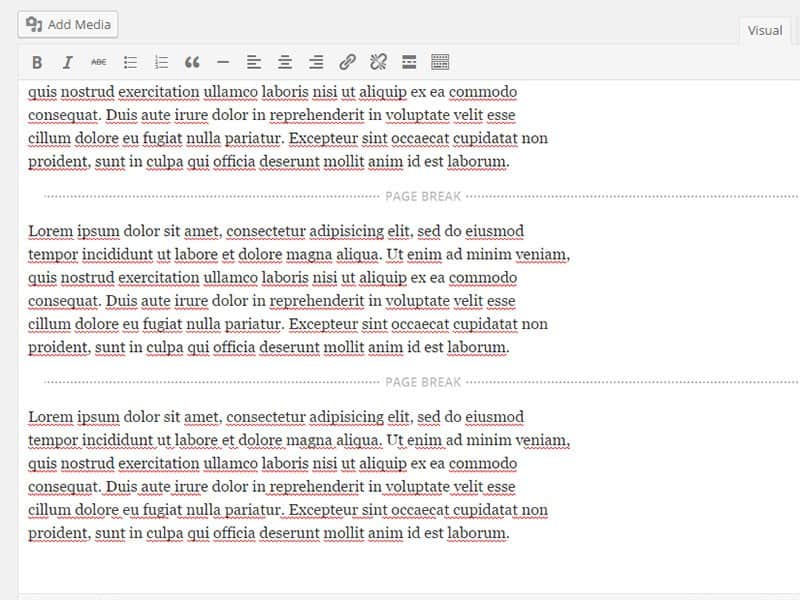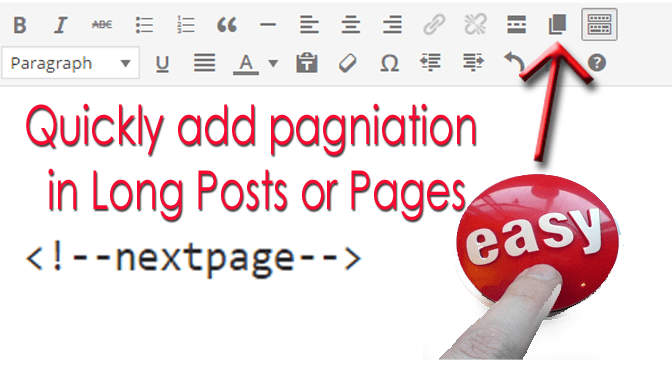What Is Pagination in WordPress and How to Enable It

How Can I Enable Cpanel for Pagination in WordPress?
For enabling pagination on your WordPress webpage, visit your web hosting control panel and proceed to its Cpanel section. Next, identify the location of the WordPress installation to locate the pagination-oriented settings. Make adjustments to these settings as per your need to assimilate pagination into your WordPress webpage.
Can Understanding Text Editor Help in Enabling Pagination in WordPress?
Grasping the basics of the WordPress text editor is critical for implementing pagination. This knowledge enables users to format their content correctly and include page breaks. Through the effective use of the appropriate shortcode or plugin, the execution of pagination becomes seamless, enhancing the readability and navigability of lengthy posts or articles.
What Is WordPress Pagination and How It Works?
 Pagination is a built-in functionality in WordPress that helps navigate through posts, and it can be shown differently.
Some themes have numbered pagination, and you can usually see this as the numbers at the bottom of a list of posts which indicates the previous page, the current page, and the next page.
Also in WordPress, it can be split from a single post and make it into multiple pages which are called the paged navigation.
While a ton of content is quite nice, very long articles are somewhat boring, and that is why most authors use pagination to split up a long post and make it appear into multiple articles with a smaller amount of content.
This way, it is also easier for the readers as they only have smaller bits of information to digest for every page.
Pagination is a built-in functionality in WordPress that helps navigate through posts, and it can be shown differently.
Some themes have numbered pagination, and you can usually see this as the numbers at the bottom of a list of posts which indicates the previous page, the current page, and the next page.
Also in WordPress, it can be split from a single post and make it into multiple pages which are called the paged navigation.
While a ton of content is quite nice, very long articles are somewhat boring, and that is why most authors use pagination to split up a long post and make it appear into multiple articles with a smaller amount of content.
This way, it is also easier for the readers as they only have smaller bits of information to digest for every page.
Related Topic: 25 Of The Highest Paying Affiliate Programs List of 2018 – Earn Now!
Should You Use Pagination?
Using pagination is very useful and advantageous but only if it is necessary. Not all times that a certain page or a particular post will require you to use pagination. Pagination is best suited to use when you have very long articles and for web content that compares various products.
What to Paginate?
Examples of articles and content that would look better with pagination include “Top 10 Best” articles, contents with a lot of images and/or videos, looks or profiles of multiple products, and very long articles that with over 1,500-word count.What Not to Paginate
Examples of content that you should not paginate include splash pages, reviews, and recipes. These articles and posts are deeply continuous in terms of the information it provides and shouldn’t be split up, or the entire post wouldn’t make sense to the readers.How to Manually Add Pagination in WordPress?
 Assuming that the theme you are using on your WordPress blog supports linking of pages, you won’t be needing to go and mess with the codes or download any WordPress pagination plugin. There is simply a very simple line of code you have to know and use.
Once you have written your very long article which you want to paginate, simply go to the “Text” section of your WordPress editor. Then, put in a new line wherever you want the next page to state and type the “<-nextpage->” code.
Now, when you go and click the “Visual Mode”. You should be able to see a line that says “Page Break”.
There are numerous methods for displaying pagination or links to other pages in a certain loop. Pagination for a single post page and the pagination for an archive page should be different as they have different functions.
Assuming that the theme you are using on your WordPress blog supports linking of pages, you won’t be needing to go and mess with the codes or download any WordPress pagination plugin. There is simply a very simple line of code you have to know and use.
Once you have written your very long article which you want to paginate, simply go to the “Text” section of your WordPress editor. Then, put in a new line wherever you want the next page to state and type the “<-nextpage->” code.
Now, when you go and click the “Visual Mode”. You should be able to see a line that says “Page Break”.
There are numerous methods for displaying pagination or links to other pages in a certain loop. Pagination for a single post page and the pagination for an archive page should be different as they have different functions.
Here are a few of the common pagination functions you have to know about.
Simple Pagination
One of the simplest and quickest methods to enable pagination is placing the “post_nav_link()” code on your template after a loop of your choosing. This method creates a link for both the previous page and the next page of posts. This function is ideal to be used for themes with a simple requirement when it comes to pagination.Numerical Pagination
Numerical pagination is best used if you have multiple pages of content, giving it a better display with a list of clickable page numbers that users can click. It is much more convenient if one has to go to a certain page as it eliminates the need to repeatedly click the “previous” or “next” posts. There are several functions in WordPress that can display this kind of pagination list. If you are using an older version of WordPress, you must use this line of code “paginate_links()”. But if you are using WordPress 4.1+, you can use “the_posts_pagination()”.Pagination Within a Post
 The “<-nextpage->” tag enables pagination on a single post. It is ideal to be used for articles or posts that are too long for a single page.
However, if you use this tag on your post, you have to make sure that you also place the “wp_link_pages” function on your single.php template.
The “<-nextpage->” tag enables pagination on a single post. It is ideal to be used for articles or posts that are too long for a single page.
However, if you use this tag on your post, you have to make sure that you also place the “wp_link_pages” function on your single.php template.
Pagination Between Posts
Most of the previous functions are ideally used for archive and index pages. But if you have multiple single-page blog posts, this pagination function is more ideal. You can simply use two lines of code, the “prev_post_link” and the “next_post_link” below the loop.Other Ways to Enable Pagination in WordPress
If messing with codes to enable pagination isn’t your forte, or you want more customized pagination, there are still ways to add this feature to your WordPress blog. There are WordPress pagination plugins that can help. You can use the settings of the plugin to customize your pagination from changing the text you want for both the “next” and “previous” links, format every pagination section, and more.






